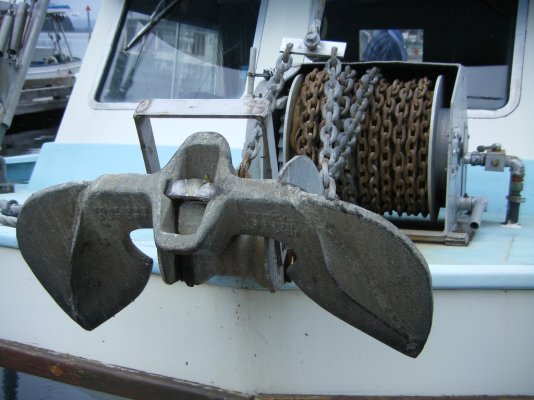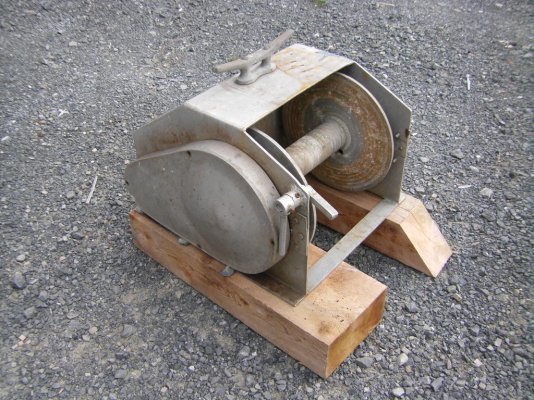timjet
Guru
- Joined
- Apr 9, 2009
- Messages
- 1,920
Here is a picture of my rope to chain splice which is necessary to use on my windlass.
What do you guys think, will this hold? It doesn't look like a good way to hold a 25000 lb boat, but it was done by a profession as directed by the windlass manual.
I know of know other way to secure this splice, but would like to get some comments.
What do you guys think, will this hold? It doesn't look like a good way to hold a 25000 lb boat, but it was done by a profession as directed by the windlass manual.
I know of know other way to secure this splice, but would like to get some comments.






